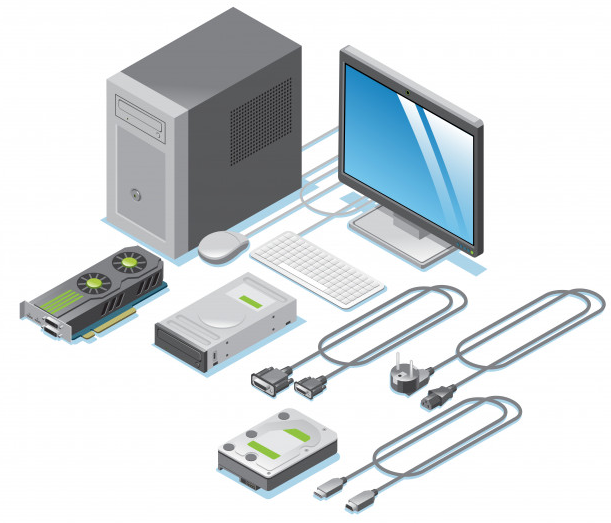

If you are wondering how Computer Vision works, you are not alone. Today, a number of companies are using the technology to develop self-driving cars, to detect objects in the environment, and to identify patterns in images. However, the techniques used to create these machines are still relatively new. This article will give you a basic understanding of how these processes work, and how they can be applied to your own research.
History
In the 1950s, scientists began to explore the possibility of computer vision. Early experiments involved artificial neural networks, which were able to recognize different kinds of objects. Eventually, these experiments were applied to face recognition. This resulted in the development of facial recognition programs with blogthat.net. These programs flourished when large sets of images were available online.
During this time, a professor named Seymour Papert at MIT launched a summer project to develop a system for identifying foreground and background in images. The project served as the basis for years of experimentation.
Another important name in the history of computer vision is Lawrence Roberts. He was a computer scientist who helped create the Internet. Earlier, he wrote a thesis titled “Machine perception of three-dimensional solids” that laid the groundwork for future computer vision research.
Several researchers also contributed to the growth of the field. David Marr, Frank Rosenblatt, and Lawrence Roberts were influential in the development of computer vision.
Pattern recognition
Pattern recognition is the ability of a computer to recognize and identify patterns in data. It can be used for a wide variety of tasks such as object recognition, medical imaging, aerial photo interpretation, and Business fingerprint recognition.
Pattern recognition is based on computer science and artificial intelligence. It is considered an important part of the information sciences. In addition to using mathematical formulas, pattern recognition also uses machine learning algorithms.
Pattern recognition can be applied to any kind of data. For instance, it can be used to analyze and categorize a new disease based on its symptoms and other associated complications. Using this technique, the causes of symptoms can be identified faster.
Vision-based pattern-recognition systems can automate routine activities such as counting and tallying biological products, scanning aerial imagery, and counting objects on an assembly line. With intelligent implementation, vision-based pattern-recognition systems have the potential to outperform humans in high-precision applications.
Autonomous vehicles
Computer vision is a technology that allows self driving vehicles to perceive their surroundings and act accordingly. It also helps these vehicles avoid accidents and make real time decisions. However, there are still many challenges involved.
The first challenge is the gathering of all the data needed. This includes images, radar, video, and sensor data. These must be labelled correctly.
In the end, these need to be used for training a machine learning model that can recognize objects. Unfortunately, this can be a tricky task.
Object detection models require large datasets to train. As a result, the computational requirements are high.
Although accurate real time object detection is not easy, it’s a crucial part of building autonomous vehicles. To do this, researchers must learn to adapt their object detection models to the types of images and the real-time imagery available.
Machine learning can then be used to train neural networks to recognize objects in pictures. However, the computational requirement for this is high, making it expensive to implement.
Image classification
Image classification is a fundamental task in computer vision. It enables computers to identify objects, textures and sizes in an image. In the medical imaging domain, for example, it can diagnose various diseases. Computer vision can also be used to flag defects in a product, allowing manufacturers to take action in real time.
Object detection in an image is a very complex task. Depending on the object, the camera’s focus can produce significant differences in raw pixel data. Also, the background behind the object can change the pixel values.
Before image classification, an input image is processed. Pre-processing involves resizing, data augmentation, and removing unwanted distortions. These procedures enhance important image features.
Object detection is a critical part of pre-processing images for classification. Some methods will automatically apply a bounding box around the object in question. This helps the computer recognize the pixel values that define the object. Other methods are based on spectral information within individual pixels.
The way we consume entertainment has changed dramatically, with Subscription Video on Demand (SVOD) leading…
The Evolution of Inventory Tracking RFID inventory management software is transforming how businesses track, manage,…
The Unexpected Costs of Unprotected Windshields Polaris Ranger windshields protection is more than just a…
Probably one of the best things people do to secure their finances is the purchase…
The iPhone 15 is still a great buy Released in 2023, the iPhone 15 brought…
By Josh Breaker-Rolfe Data security posture management (DSPM) is the rising star of the data…